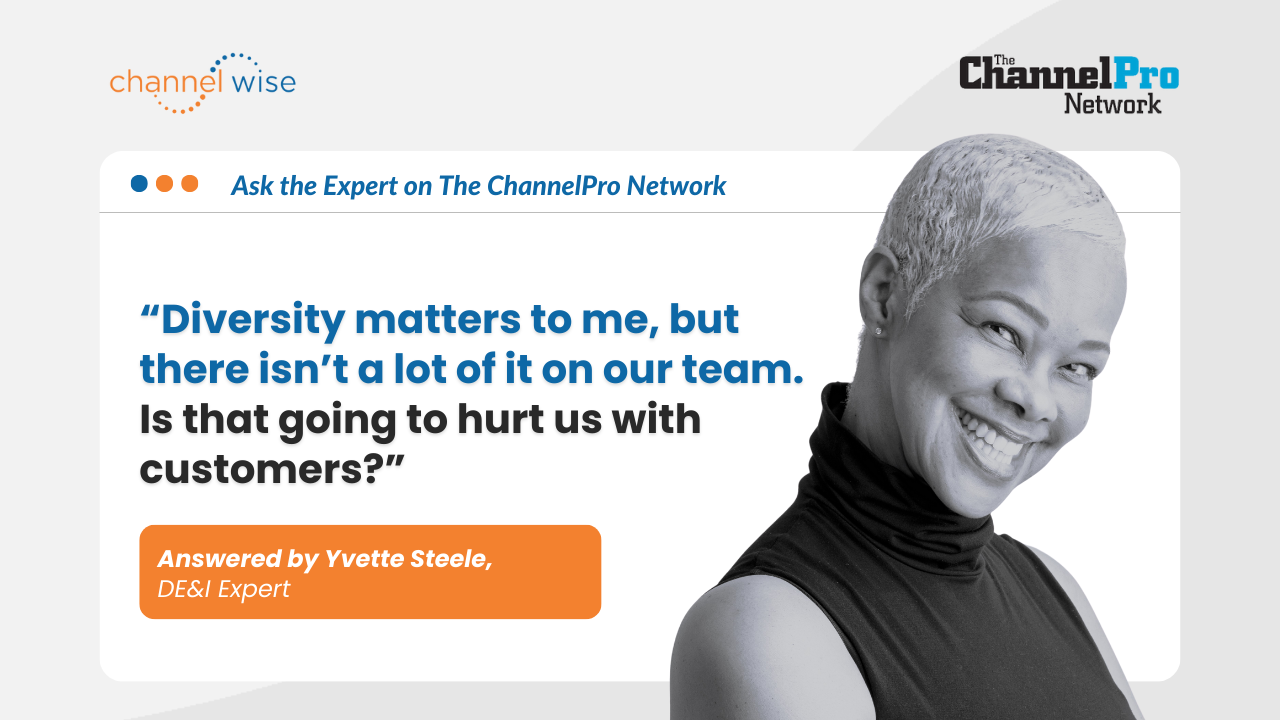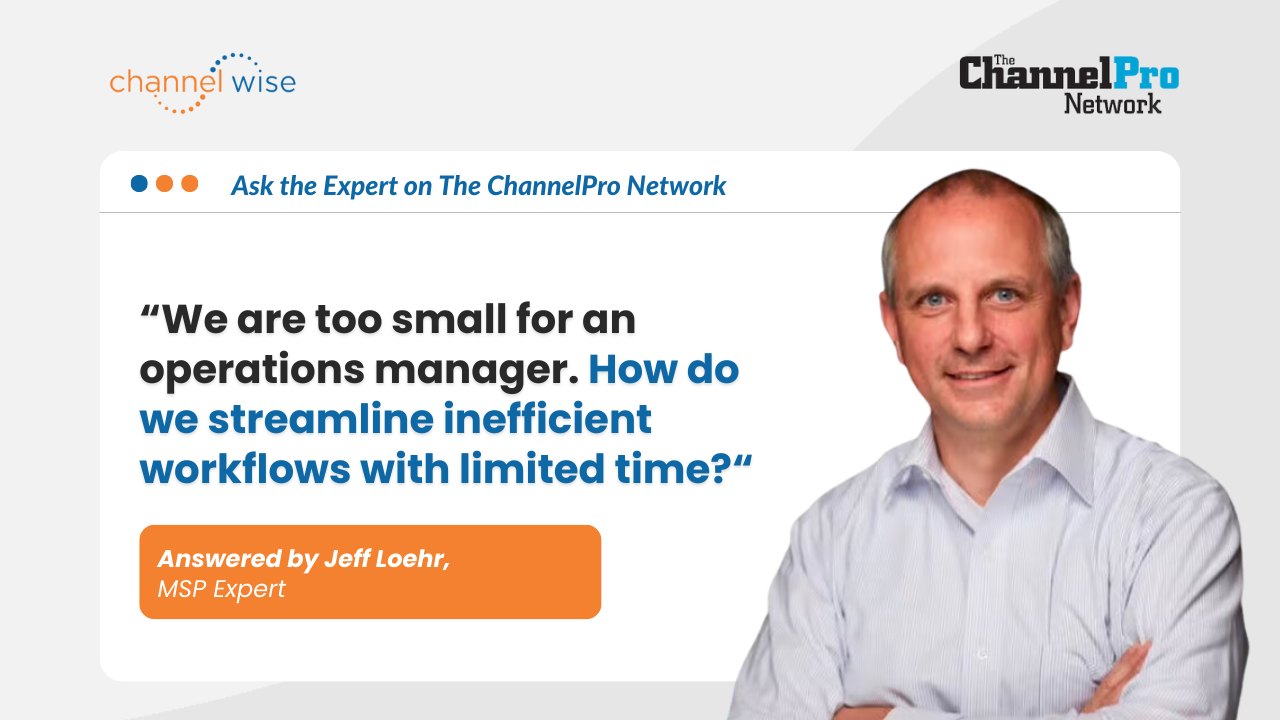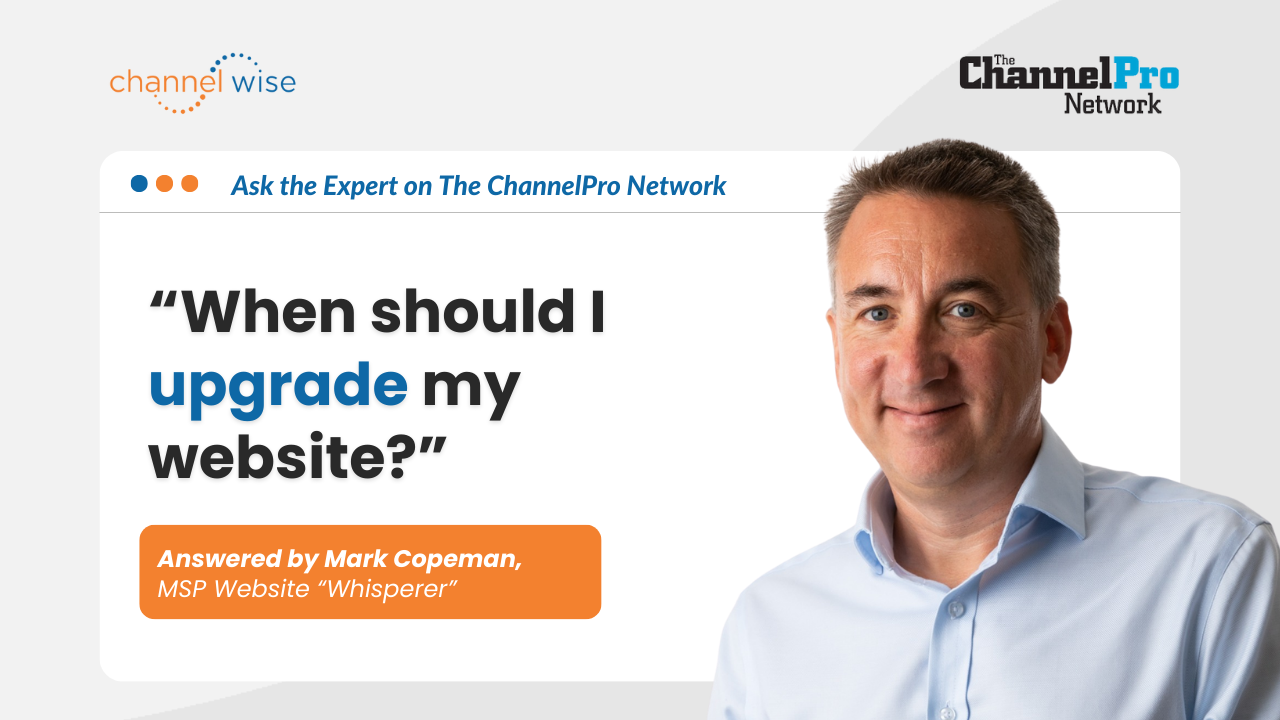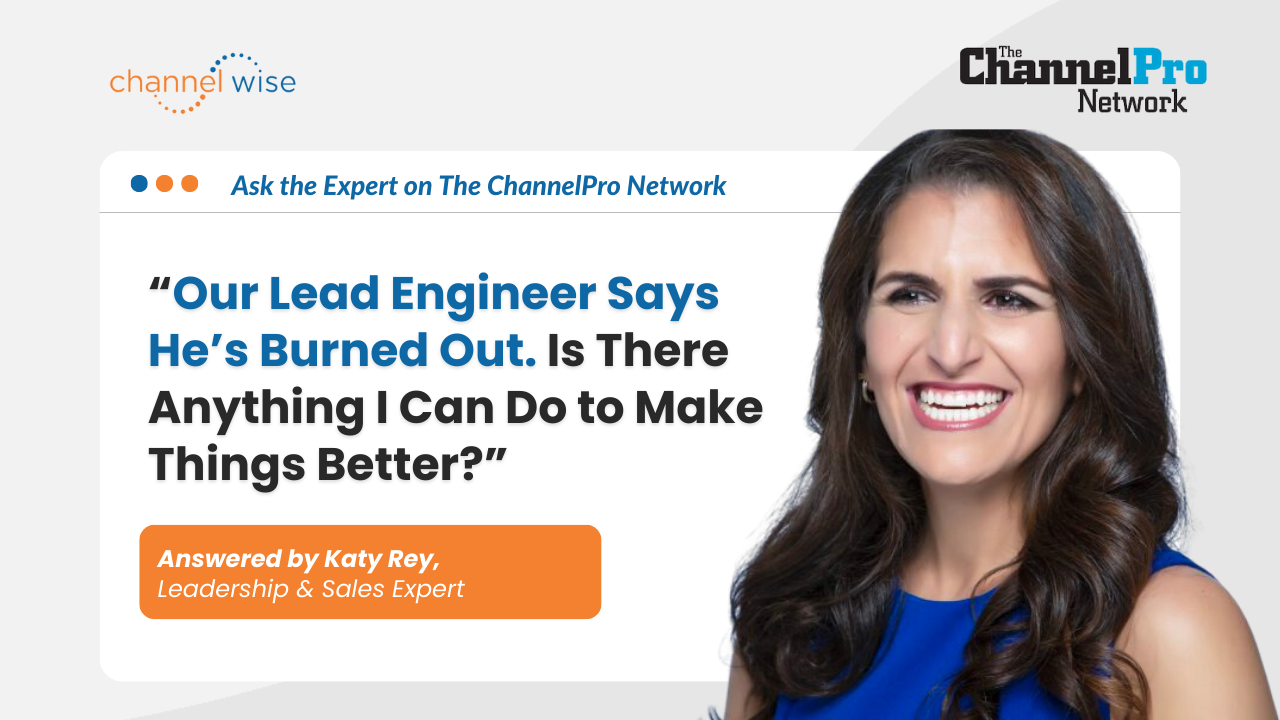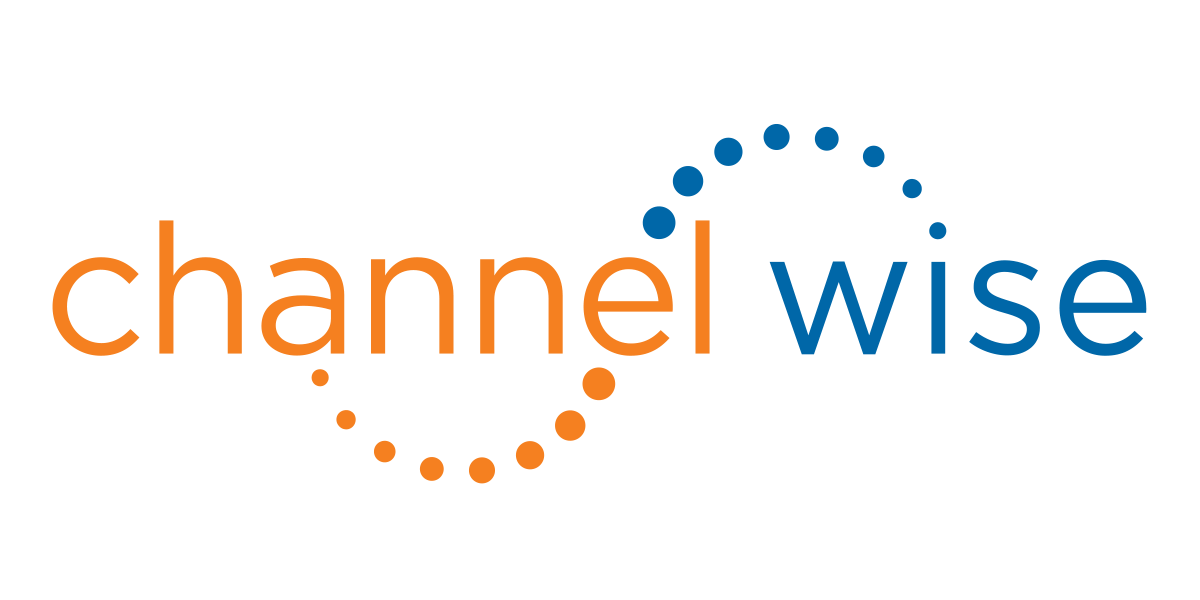Leading in a Shifting Landscape: Strategies for Success by Sabine Gedeon
Replay:
In an era where workforce reductions and uncertainties are prevalent, leaders must embrace empathy and guide their employees through these difficult times.
In this Ask the Expert episode, Kathryn Rose, CEO & Founder of channelWise, interviewed
Sabine Gedeon, a leadership expert, to delve into the strategies and skills necessary for leading in a shifting landscape.
Highlights:
- Leaders can guide employees through workforce reduction by building social capital, focusing on long-term vision, and developing skills such as empathy and compassion.
- The demand for leaders has shifted, with employees expecting empathy, compassion, and psychological safety from their leaders.
- Coaching is a key skill for leaders to elevate their effectiveness, empowering employees to self-manage and achieve desired outcomes while fostering cohesion and motivation within the team.
How can leaders empathetically guide their employees during workforce reduction?
Leaders can build social capital and a social presence within the organization by actively engaging with their network and making regular connections, not just when they need something. They should also focus on long-term vision and be prepared for inevitable changes.
Additionally, leaders should develop skills such as compassion, empathy, and listening to communicate effectively and make difficult decisions. It's important for leaders to approach these situations with empathy and fill their own cups with empathy, compassion, and grace so that they can handle the process in a dignified manner, even when letting employees go. This leaves a lasting impression and helps employees understand that the decision was based on business needs rather than their individual values.
What are recent trends in leadership roles?
The demand from employees has shifted, and they now expect leaders to be empathetic, compassionate, good listeners, and to care about their psychological safety. Leaders need to start by understanding their own values, beliefs, and vision. They must do the deep work of getting clear on who they are before they can effectively communicate their vision and connect with others.
The shift in leadership also involves leaders being self-empathetic and compassionate to themselves first so that they can extend the same empathy and compassion to others. It is important for leaders to recognize their own humanity and avoid the mindset of pushing through without considering their own well-being. Taking the time to understand oneself and allowing that self-awareness to inform how they show up and influences others is crucial.
What specific tactics or strategies can leaders implement to improve or elevate their effectiveness?
One key skill that leaders can develop is the skill of coaching. Leaders should have their own success circle, a group of people who support their growth and success. Additionally, leaders should understand their role as a member of the success circle for their employees. They can implement coaching techniques such as setting specific deadlines or milestones for tasks and projects and having open discussions with employees about potential obstacles and solutions. By addressing these issues upfront and involving employees in problem-solving, leaders empower their employees to self-manage and self-coach, leading to improved performance and bringing out their best.
What key skills do leaders need to master to get the desired outcome from their team?
A key skill for leaders is the ability to meet people where they are individually and listen actively. Leaders should hone their listening skills and avoid making assumptions about the problems their team members are facing. The power of coaching is essential in developing teams and achieving desired outcomes.
Leaders should delegate tasks but also focus on gaining buy-in from team members, presenting information in a way that allows them to internalize and make it their own. This approach encourages team members to take ownership and regurgitate the information in their work, leading to a more cohesive and motivated team.
How can leaders effectively navigate organizational change and uncertainty while maintaining stability and productivity?
Leaders should prioritize transparency and consistent communication with their team members. By being upfront about the situation, sharing information as soon as it becomes available, and addressing fears and ambiguity, leaders can build trust and help employees understand how to react to the changes.
In times of technological advancements or other shifts, leaders should focus on helping employees see the benefits and opportunities for growth that come with the changes. By demonstrating how new technologies or situations can make their jobs easier or offer value, leaders can mitigate fear and resistance. Involving employees in the process, such as testing or assigning them to explore new technologies, allows them to take ownership and adapt more smoothly to the changes. It's important to provide a clear understanding of the bigger picture and how individuals can contribute to it, instilling a sense of purpose and motivation.
What specific challenges do women face in the workforce, and how can they overcome them?
Many of the skills in demand for leaders, such as empathy, compassion, and listening, are inherent to women. These traits are now highly valued and seen as valuable assets in leadership. Although challenges still exist, such as the exit of women at senior levels, these challenges also create opportunities. For every woman who leaves, it opens space for two more women to fill those positions. It's essential for women to take ownership and agency over their careers, ask questions, and invest in themselves to fast-track their advancement to senior leadership positions. By embracing these opportunities and actively pursuing growth, women can overcome challenges and thrive in leadership roles.
For more advice about leadership in the channel, visit
Sabine's profile on channelwise.
Check out channelWise.com to find more experts to help you with your business or career.
Note: Transcript is edited for time and clarity.

